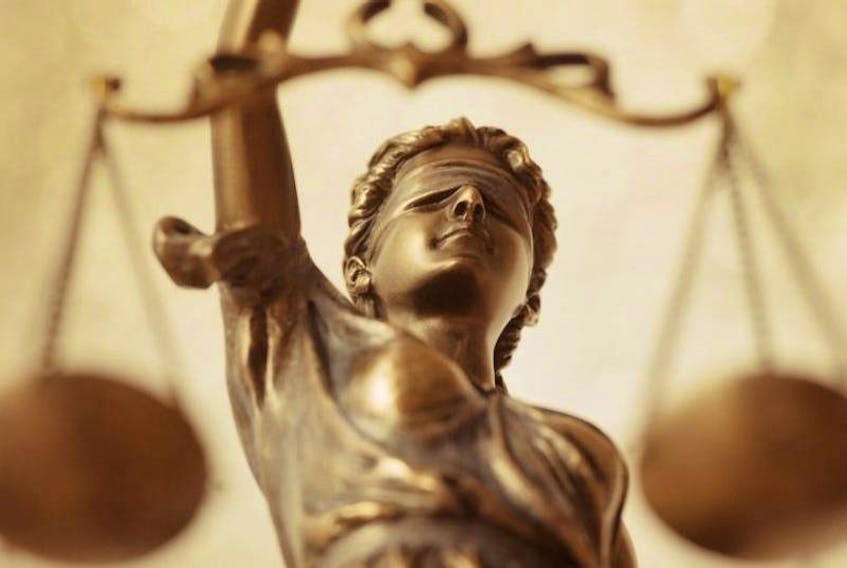DONALD MURRAY
In its Feb. 4 edition, this newspaper expressed concern in its editorial about proposed changes to the judicial appointment process for Ontario’s provincial judges. The proposal would expand the list of candidates among whom the attorney general could choose to appoint judges. The editorial expressed concern that this would inappropriately politicize the appointment process.
If so, one would have thought that there’d be concern about the process that has been in place for federal appointments since Stephen Harper was prime minister. The proposed Ontario process for its judges is, in essence, no different.
For federal judicial appointments, lawyers apply. Other lawyers, often some judges, and sometimes non-legally trained people, review the applications, and — without so much as an interview of the candidate — decide whether they feel that the applicant is to be “highly recommended,” “recommended,” or the committee is “unable to recommend” the candidate. The applicant does not get told where she ranks.
The federal minister of justice gets the list of lawyers whose applications have been reviewed, and the opinion of the committee about the candidates’ qualifications. Apparently, the names may then be run through a political party database. Other members of the “public” may be consulted. Eventually, the attorney general puts forward a name, and cabinet approves who is to be appointed.
These appointments are often celebrated, but there is no announcement as to how the candidate ranked in the vetting committee’s view. There is also no announcement about how the appointee compared with the rest of the candidate group.
What may be different about the proposed Ontario process is that the attorney general of Ontario appears to have been unusually candid about why he looks forward to having a greater choice of potential candidates. That transparency is not a fault.
Although an attorney general historically has had a special role within government, the office of attorney general is filled by an elected member of the legislature. In a democracy, we should prefer to have important decisions made by elected people rather than by committees of non-elected people. The attorneys general, federal and provincial, are given legislative authority to make these decisions about appointments.
In considering what appointments to make, an attorney general may not necessarily be looking to appoint the lawyer who may be recognized as the most highly qualified based on legal smarts or aptitude. When an attorney general evaluates candidates, there may be considerations (among others) about gender balance, racial diversity, socio-economic antecedents, the age distribution within the court’s judicial cohort, or the perceived need by the court for a particular kind of expertise. Perhaps political considerations play a role in those decisions, too. As a politician, an attorney general may be more sensitive to social undercurrents which challenge the legitimacy and relevance of the community’s judicial institutions than the privileged committee of mostly lawyers who review the judicial applications.
Certainly, the whole community should be concerned about the quality and suitability of those who are appointed to judicial office. But whether we lived under the current federal system, or the current Ontario system, we would still not have the satisfaction of really being able to determine whether an appointment was the best choice available, or was purely “political,” or not.
We do not know who applies. We do not know who is considered. We only know the end result of who is appointed.
It is possible to probe the background of an individual once he or she is appointed: Where did she work? What political donations did she or a spouse give to which political party or parties (all available online from Elections Canada and going back years)? What, if any, political affiliation did the lawyer demonstrate through volunteer or paid service? Or (as reported on in New Brunswick last year), what personal ties do the appointees have with current members of the government?
None of those inquiries, interesting or not, actually promise to tell us much about the choices made by an attorney general during the appointment process itself. Without knowing the qualities of the group from which the appointee was selected, it is not possible to know whether the best legal mind was appointed in preference to the candidate who brings the energy of youth, or the other way around.
It is not possible to know whether the political party stalwart was chosen because of her demonstrated legal skills, or simply because the equally or better-qualified competing candidates were past supporters of a different political party. A lawyer active with the current governing party may be unanimously conceded as the best social and legal choice within the candidate group, but the court’s institutional need for visible diversity among judges may militate for the appointment of another sufficiently qualified candidate.
If there is concern about the legitimacy of a judicial appointment process, as there always should be, then thought needs to be given to how we evaluate the outcomes. It is not just about the size of the list. The intent of Ontario’s current “short list” from the nominating committee was to confine the attorney general’s choice. In theory, that encouraged more trust to be given to appropriateness of the final choice.
But if we do not know the universe within which the choice is being made, a smaller list does not help. It simply requires us to give more trust to the committee which vets the applications, instead of trusting the democratically elected attorney general, who makes the real decision.
If we are not going to know who is “in the running” for a judicial appointment, we cannot fairly evaluate any specific appointment as good, bad, weak, the best available, or “political.” So the “size of the list” issue is a dead end.
An attorney general can be voted away or voted back in based on the voters’ evaluation of how he or she performs. That is the way it should be in a democracy. But to make that evaluation, the voters need to have some kind of explanation by an attorney general about why particular choices have been made. Attorneys general across the country could take the initiative to provide some explanation for their choices (beyond the basic biographical information now provided) — which would provide a better foundation than the “size of the list” upon which to evaluate the appointment choices that are being made.
Donald Murray, Q.C., is a criminal defence lawyer in Dartmouth.









